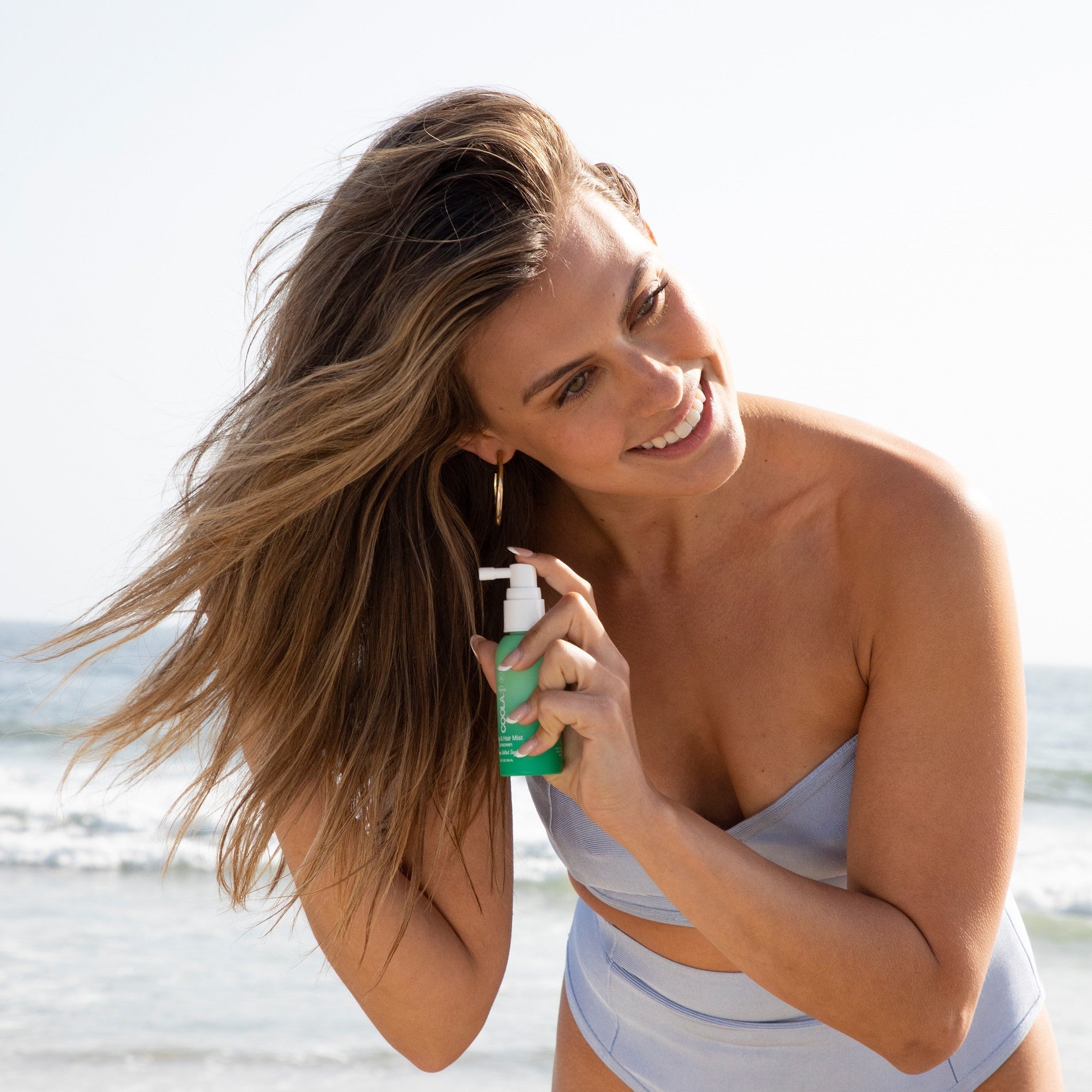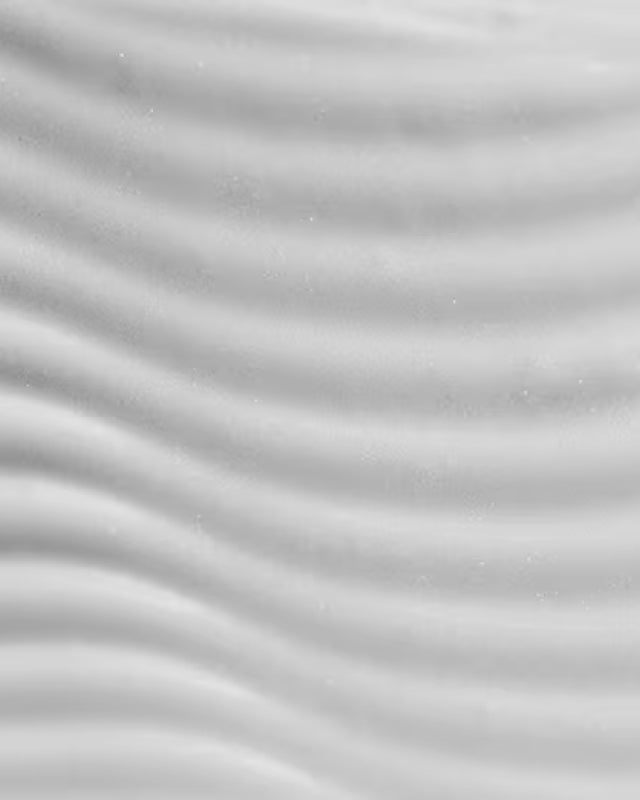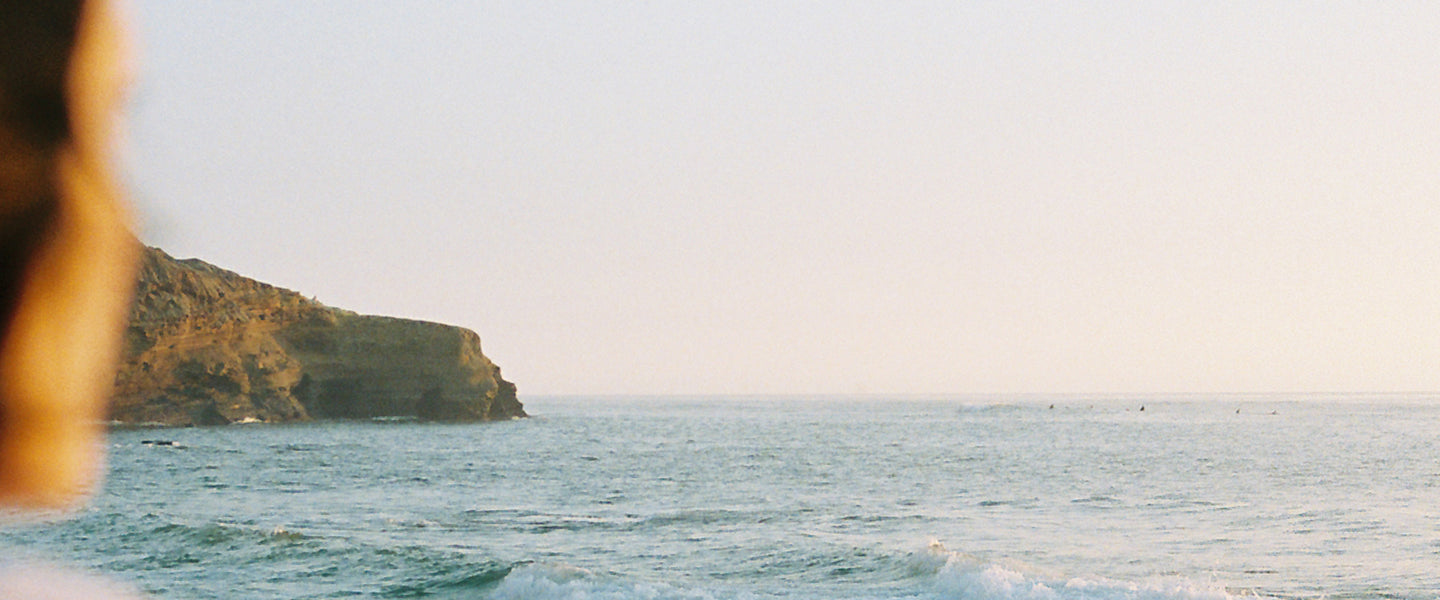
Safe and Natural Ways to Lighten Hair in the Sun
At COOLA, we’re serious about sun. That means we not only want to keep you and your skin protected from harmful UV rays but also want you to enjoy your time outdoors. And when summer rolls around, you may be ready to try something fresh, new, and sunlit—like natural highlights achieved by lightening your hair in the sun.
But where do you start? Will this method work for your hair? And is it even safe?
With these questions in mind, we’re here to help you learn the safest natural methods to achieve sun-kissed highlights. So you can get the perfect summer hair glow—without the damage.
Understanding the Sun's Effects on Hair
Before you start applying your natural highlight enhancers, let’s get into the science of how the sun affects your hair.
Why Does Hair Lighten in the Sun?
Much like your skin’s reaction to the sun, changes to your hair in sunlight come down to melanin, the pigment found in skin and hair that gives them color. But, unlike skin, the sun bleaches the melanin in hair.
Here’s why: Because the cells in human hair aren’t alive (while skin cells are), the UV rays from the sun cause the hair to oxidize and become more colorless. This creates a sun-bleached, highlighted look to hair. But be careful—UV rays can also cause the protein in hair strands to break down, creating sun damage.
What Does Sun-Bleached Hair Look Like?
Before we get too far into the details of lightening hair in the sun, there is a big disclaimer to acknowledge: Sun bleaching doesn’t work for all hair types. This process works best for fine, lighter hair.
As far as color goes, your natural color dictates what shades may be exposed by the sun. Blondes can expect lighter blonde hair shades, while lighter brunettes could end up with some dark blonde hair strands. If you’re a redhead, warmth will come through with strawberry pieces. And if you have black or darker brown hair, you may not see a transformation at all—you'll have better results by seeing a professional for traditional highlights for your darker hair.
How Long Does It Take to Lighten Hair in the Sun?
One of the drawbacks of lightening hair in the sun is that it is a very slow process. You could spend hours under harsh UV rays without seeing many changes in your strands. Using natural sun-lighteners can speed things up, but it’s still a gradual process. That’s why it’s essential that you protect your skin and scalp each time you expose your hair to sunlight.
Natural Ways to Lighten Hair in the Sun
Now that we know why this magic happens, let’s get into how you can assist the lightening process with the help of natural ingredients.
Use Natural Ingredients to Boost Lightening Effect
Several everyday natural ingredients can enhance your sun-lightening experience, depending on your hair color, texture, and tolerance. We’ll cover the most popular options, and you can determine which one may work the best in your summer-highlighting process.
Lemon Juice (With Conditioner)
People have been using lemon juice for an extra boost while lightening hair in the sun for decades, but it comes at a cost—lemon juice is high in citric acid and can damage or even burn your hair. That’s why it’s important to mix your lemon juice with something hydrating and even reparative, like conditioner.
To create a safer lightening agent, mix lemon juice, a little water to dilute, and conditioner in a spray bottle. Mist over your hair wherever you want an additional highlight boost, head outside for up to 45 minutes, then rinse out your hair.
Tip: Make sure to apply sunscreen to your skin and scalp before you get in the sun!
Apple Cider Vinegar and Water
ACV is not only a natural way to lighten your hair in the sun, but also healthy to use on your hair and scalp. This wonder vinegar removes buildup from both your hair and scalp while helping to tame frizz and even detangle.
To make a safe blend for your hair, mix six parts water with one part apple cider vinegar and distribute it throughout your hair. Because ACV is great for your hair, you can use this combo treatment as frequently as once a week, leaving it on for up to 30 minutes to help lighten, then rinsing well.
Tip: Be patient—this treatment may take a few times to lighten your strands.
Crushed Vitamin C Tablets
The citric acid in Vitamin C tablets lightens hair in the same way that lemon juice does. It’s also a simple formula—just crush any Vitamin C tablets from the drug store, or even get Vitamin C powder to make it easier, and mix with water in a spray bottle. Mist the formula on to remove mineral buildup and brighten your strands in one simple step!
Cinnamon and Honey Masks
If you’re looking to naturally lighten but the weather’s not cooperating, this mask is the perfect remedy. Mixing honey and cinnamon activates the natural traces of hydrogen peroxide in honey, which is a natural hair lightener for shades of fairer hair.
To create this mixture, just mix two tablespoons of raw honey with one tablespoon of cinnamon and one tablespoon of olive oil. Before you apply, let your mask sit for half an hour to fully activate the hydrogen peroxide, then apply and leave on for at least four hours. No sun is needed, but a shower cap is a good idea to keep the mess out of this mixture.
Chamomile
Another sunless natural lightener is chamomile tea. This is an easy option because all you need are several chamomile tea bags. Simply brew up to seven bags (it needs to be strong to be effective), let the tea properly steep, then cool. After you’ve brewed your tea well, add it to a spray bottle and apply it to your entire head for an all-over lift, or select sections for more subtle highlights. Leave the tea on for up to an hour, then rinse well.
Choosing the Right Sun Protection Products for Hair and Scalp
You’re now well-equipped with natural recipes for lightening your hair in the sun. But before you step out to soak, don’t forget to protect your skin and scalp. When it comes to sunscreen, make sure you use SPF specifically formulated for your hair and scalp, like our Scalp & Hair Mist Spray. Using your regular body sunscreen will weigh down your strands and make them look and feel greasy.
You can also use a physical shield to block the sun, like wearing a hat or scarf, if you’re looking to mostly lighten the ends of your hair.
Lastly, don’t forget to apply SPF to any other exposed skin on your face and body to ensure you’re protected during your hair-lightening process.
Choosing the Right Times for Sun Exposure
The sun is strongest from 10 a.m. to 4 p.m., making it the ideal time to lighten your hair. But this is also when harmful UV radiation is at its strongest, meaning you’re more likely to be burned, put yourself at risk for skin cancers, and expose your skin to damage.
Before you head out into the sun, generously apply sunscreen to any exposed skin to ensure you have Head to Toe Protection this Summer.
Aftercare
Although lightening your hair with these natural methods typically isn’t as harsh as using bleach on your hair, you’re still compromising the health of your hair when you lighten it.
Make sure you treat your hair with care after the process. After rinsing your hair well, use a gentle shampoo and moisturizing conditioner to hydrate, nourish, and prevent damage as much as possible.
Don’t stop at taking care of your hair after a long, sun-soaked day. Use these after-sun recovery tips to keep your skin happy and healthy, too.
Additional Tips and Precautions
You’re almost ready to get started on your natural hair-lightening journey. But there are just a few more things to consider before you start applying your mixtures.
Patch Test Before You Start
It’s always a good idea to perform a patch test when using something new on your body. If you’ve never done a patch test before, here’s how it’s done:
- Apply the mixture you plan on using to a small patch of skin (a quarter-sized amount on the inner arm is a good place) and a few strands of hair.
- Leave the mixture on however long you’re planning on using it.
- Repeat the test if you frequently have reactions to topical products.
- If you show any reaction, wash the mixture off immediately.
Remember That Results May Vary
As we mentioned earlier, the sun-bleaching method isn’t for every head of hair. Results will be most noticeable if you have fine, lighter hair.
Focus on Your Hair’s Health
Just as the sun can affect the color of your hair, it can also take a toll on the health of your scalp and strands. Keeping healthy hair and skin is the most important aspect of your hair-lightening process, so always keep an eye on protection.
Even though you’re using the sun as a lightening tool, always make sure you’re taking steps to protect your hair in the sun as well.
COOLA’s Commitment to Healthy, Sun-Protected Hair
While the sun can definitely lighten hair naturally, ensuring that your hair remains healthy, hydrated, and well-protected against UV radiation is most important. Make sure you not only use a good conditioner after treating your hair but also a high-quality sunscreen to protect both your hair and scalp, like our Hair & Scalp Sunscreen.
Learn more tips on how to Protect Your Scalp this Summer.




